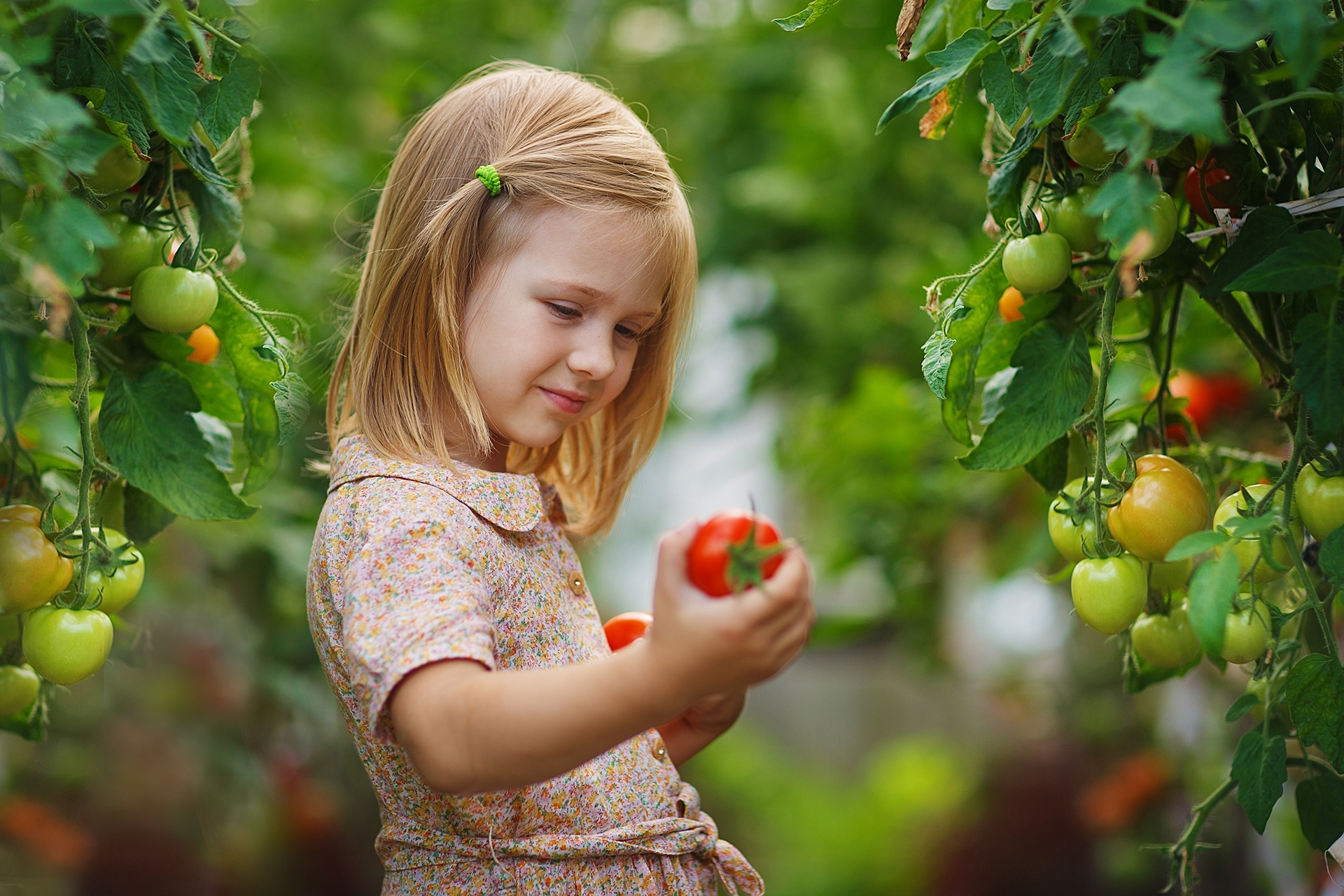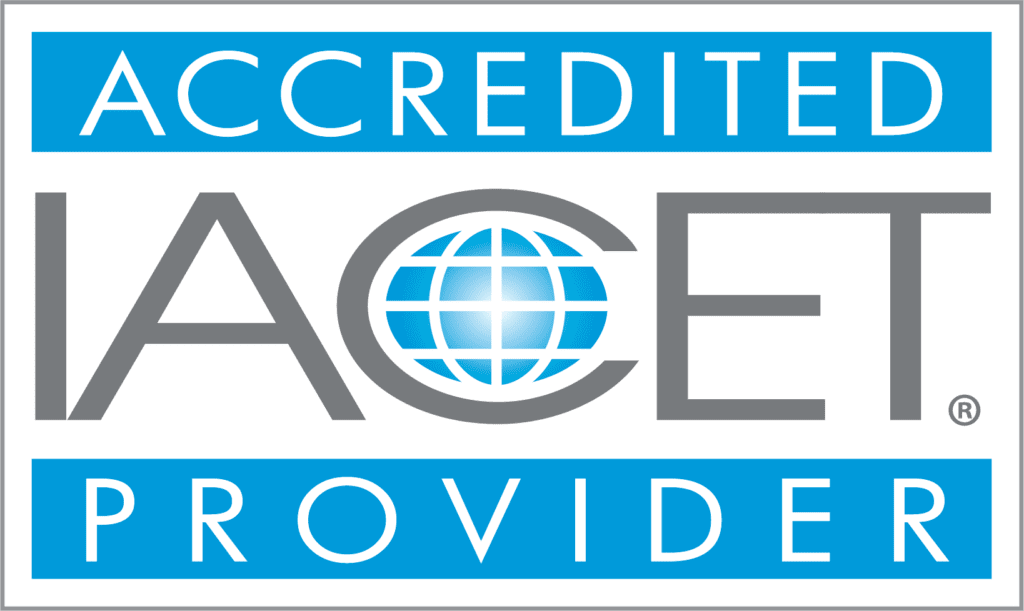Cristina: Today, our topic is nutrition and fitness in the classroom. And I just wanted to talk about what that looks like, starting with meal times.
Teri: We know that most accreditation agencies do require that teachers are talking and being really involved during the mealtime. And it’s such a busy time. It’s a quiet time, right? That’s when they’re the most quiet during the whole day, which is nice. But you’re so focused on all of the mechanics of mealtime. There’s so many specifics on how to serve. You can’t touch the spoon to the plates and, you know, are you getting each one and being careful with the food allergies?
Especially if you don’t have a floater or an assistant, and you’re the only one in there doing this, you wanna make sure that once every child is served, that we still maximize that time and it can be a learning opportunity for the children. And so if you can, if there’s the extra chair available, you can pull up and sit down with them, even if it’s only for a minute. I know they eat fast, and some, if you have little ones, they’re gonna start popping out of their seats. If they’re in the chairs with the little strap, they start to look like turtles when they try to get up in the chair, stuck to their backs. But with that, just make sure that you’re able to spend some time really talking, talk about the food that’s on their plate. It’s such a rich time for oral language development.
So ask them what the colors are on their plate. If you have the younger ones, if you have older ones, talk about the farm to table process — how did you get the corn on the plate? How did it grow? How did it get from the farm to the table? Yeah. And then it’s a great time for story. So, use all of your books that are focused on food, on fruit, on vegetables. There’s counting books, there’s color books. There’s so many opportunities that you can just sit and talk with them and ask questions. Don’t just be directing the conversation. Ask them, have them interact with you, and look for opportunities to really engage. And you can base it on your letter of the day. You can do your words of the day. You can count. There’s so many ways that you can enrich that experience.
Cristina: Right. It’s about making those connections with them. And that’s really great. Right. I was thinking about when you were saying farm to table, the first thing that came to mind is gardening. And that’s something that’s kind of controversial with teachers. So tell me how you would do gardening.
Teri: So yes, you’re right. I know there can be some pushback. I know teachers hear “garden” and think, “I have, you know, too much on my plate,” which they do. However, I can speak from personal experience. We had gardens at each of the schools that I ran and operated, and it was a very successful program. So first, we did not push that on anyone. It was a choice. And so it was, “Hey, who doesn’t kill plants?” … ’Cause I personally do.
Who has a green thumb and would even be interested in this? For us, it was an office manager, a lead teacher, and a chef in the cafeteria. I just asked, you know, “Who would like to take on this project?” And we did give them a little extra pay for helping with that. But we had parents that would sign up for things — they brought in soil, they brought in flowers. The little ones really need to see the flowers immediately. It’s too hard to wait. Right? We always wanna plant some flowers, too, so they can have some immediate fulfillment there. But they brought in seeds and it was a way to bring the families in on the process. It was great for teaching the kids. It was a science lesson, accounting, you know, math, there’s literacy.
You can involve so many different subjects in the garden. The person in charge of the project did the true maintenance. But as the children rotated out during their outdoor time, there were days that they would have their garden ACE, and they would walk over, and they learned to pick off the leaves that were brown and crinkly and they’d, you know, watch the progress. We loved to use the — if you’re fortunate enough to have iPads in your classroom — iPads to take pictures, and then you can watch how the plants grew.
Just talk about the different changes they’re seeing. The most fun of all was harvesting. So when we had the story, I think we shared in the training about the green beans when we had those sprout, and having the kids pick them off and being able to eat them. We had it go very well. They loved being out, watering the flowers, putting more soil in. Sometimes there’s extra work you can create that doesn’t really need to be done.
You can have them add a little more dirt if they need things to do. It really took the load off of the teacher by having someone else who could volunteer. And then on the flip side, we did have teachers who wanted to do that, who wanted to, and who enjoyed it. And so it really just it’s knowing what the wants and the interests are, and then getting the families involved is key.
Cristina: That’s awesome. Yeah.
Teri: And then we served it. It’s fun to serve the food, too. Yes. So definitely.
Cristina: I’m sure they all looked forward to that.
Teri: We did have to supplement, so we didn’t quite grow enough for everybody. So we had to supplement. You know, we just told them this is from a garden. But it was a very good experience and it can be done well so that it’s not too much of a burden on the teachers.
Cristina: That’s awesome. Yeah.
Teri: Another thing to do is think about mealtime. We can look at our Montessori schools, and some traditional schools do this. I don’t think many, but Montessori. A lot of times, you’ll have community mealtime or community snack and the children are serving themselves. And so it’s, it’s a really fun idea to do. It’s really great with teaching. So the parents would sign up for their day or their week of snack. They bring enough in for everybody, again, being mindful of food allergies and dietary restrictions.
And then you have either a chalkboard or you could print it. If it’s Thomas, you say, how many scoops, how many little pita chips, how many carrots, you know, and the kids have to count and they have to do it themselves. You have two year olds doing that, and it’s teaching; they’re self-sufficient, they’re taking things and washing them. You still want to truly wash them at another time, but they’re practicing, washing and learning. And so it’s fun to take that and put it into a traditional class, and you could have a group snack where parents provide all the different fruits to make a fruit salsa, or to make parfait, and everyone pitches in and does that together.
Teach Healthy Eating & Encouragement Movement in Your Classroom
There are all sorts of things you can do in your classroom to teach healthy eating and encourage movement. Besides getting the children involved in their own snacks and meals, you can also put regular movement on the schedule, so they always have time to get up and get moving.
These things don’t have to be complicated, either. Do what works for your classroom and your students. Maybe they like healthy snacks, followed by dance time. Or perhaps you put them in a circle, ask them what their favorite vegetables are, and have them step forward (or back) depending on their answer. There are so many things you can do to create a healthy classroom, and we love hearing new, creative methods to keep nutrition and exercise front of mind.
Love this conversation? Want to learn more? Buy the course!
At Impact Early Education, we know your work is never done. That’s why we provide valuable professional development courses for preschool teachers, directors, and owners in a way that works for you. To learn more, explore our courses or contact us today!




